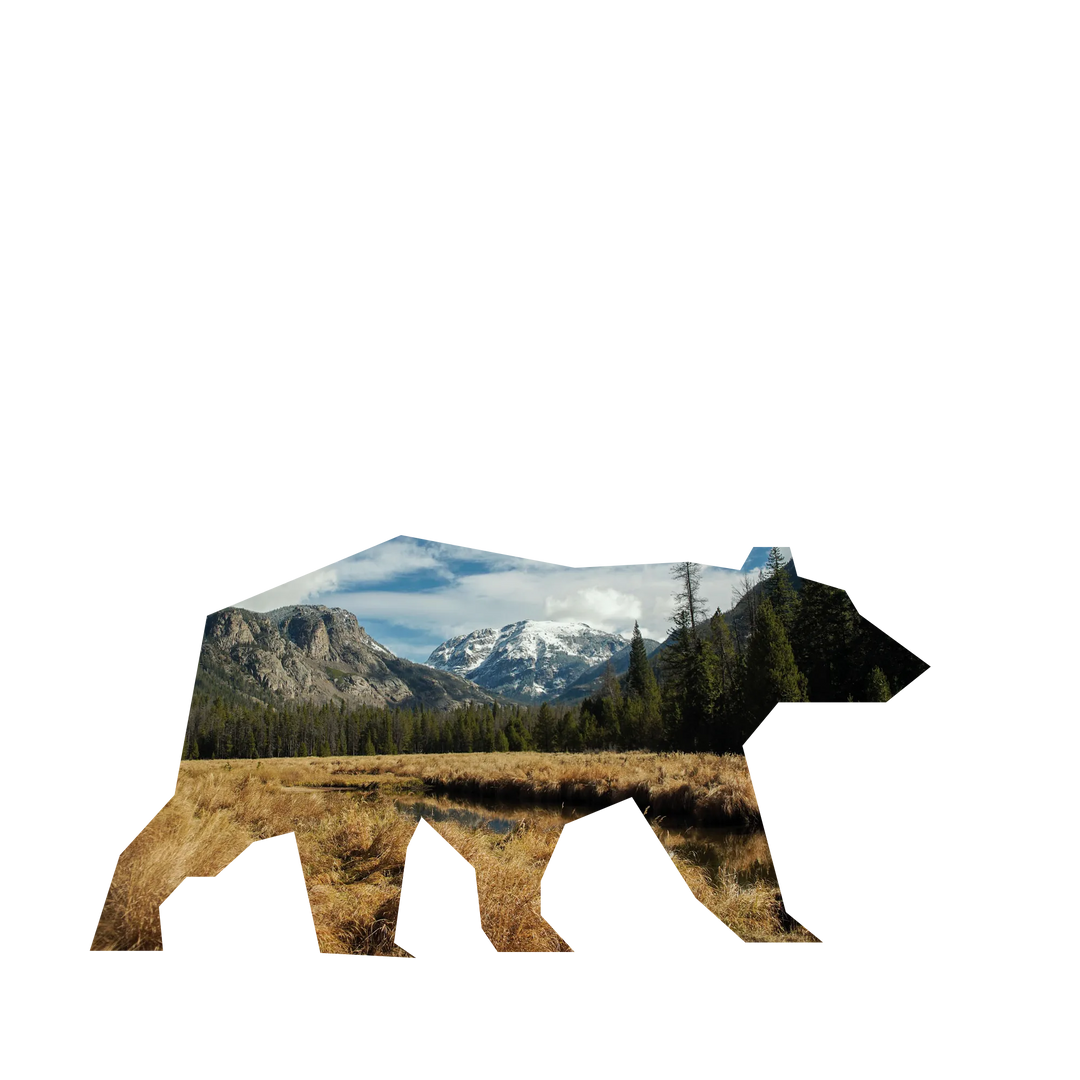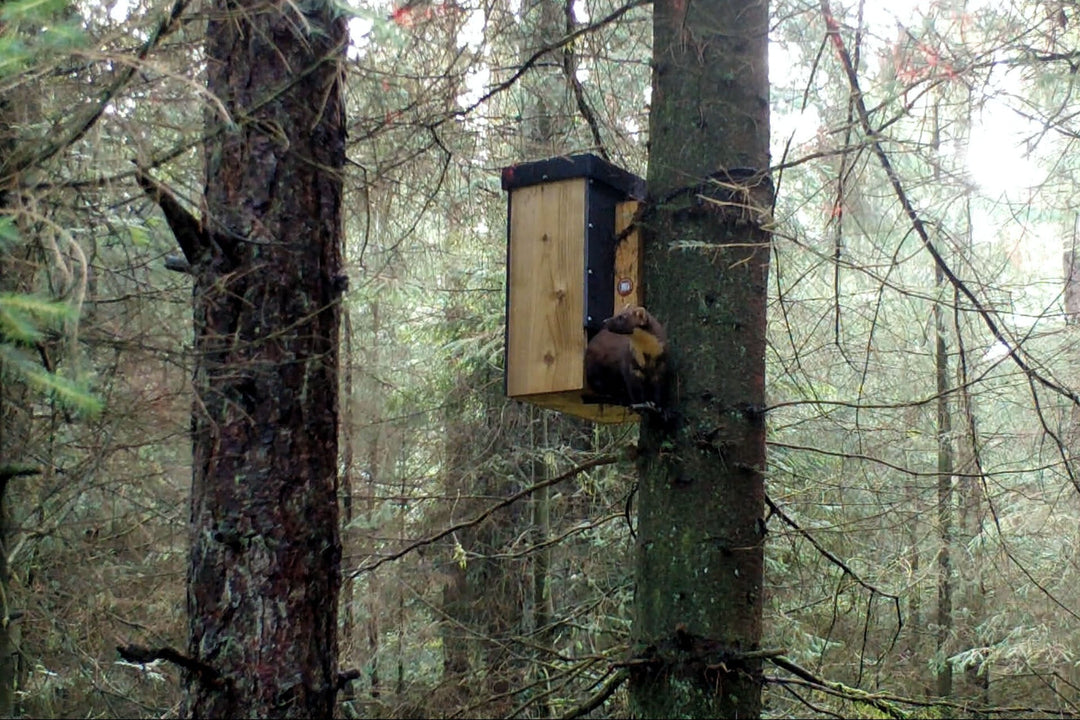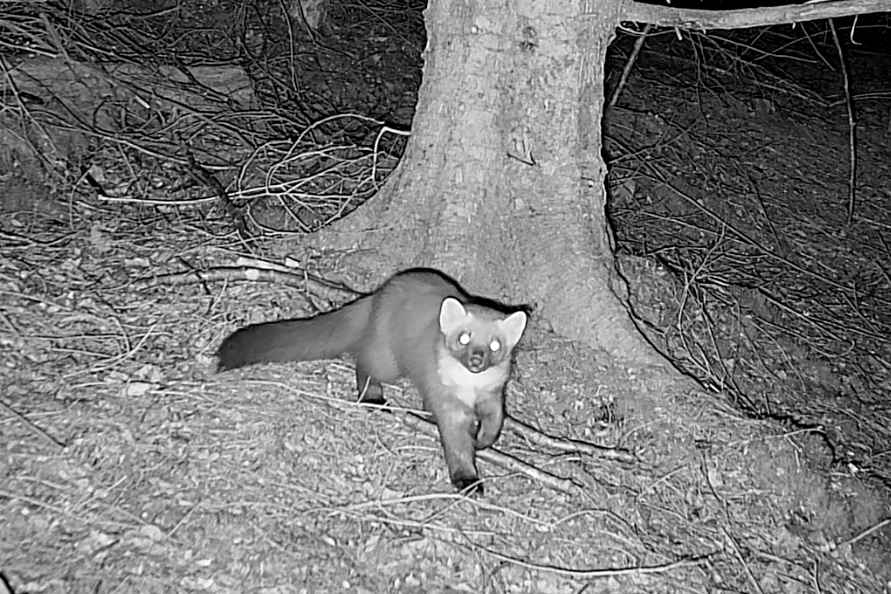Peru
IIECCO Andean Bear Project
Revealing the lives of bears in the Peruvian coastal desert.
The Andean bear is South America’s only native bear species. This charismatic keystone species plays a vital role in maintaining biodiversity and ecosystem balance.
Who's involved

Andean bears in the Peruvian coastal desert

Andean 'Spectacled' Bears
Andean bears are vital for their ecosystems. As the only bear species native to South America, they play a vital role in maintaining biodiversity and ecosystem balance. Their diet consists mainly of fruit, leaves, and plants, making them crucial seed dispersers and contributing to forest and plant regeneration.
By protecting Andean bears and their habitats, we not only preserve an iconic and vulnerable species but also safeguard the overall health and resilience of ecosystems.





